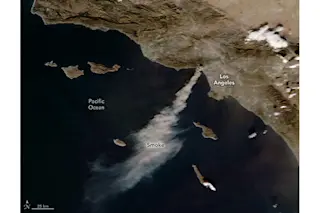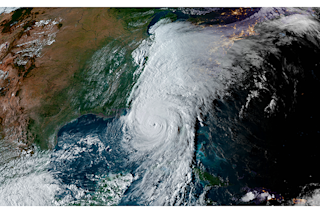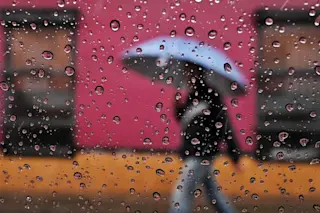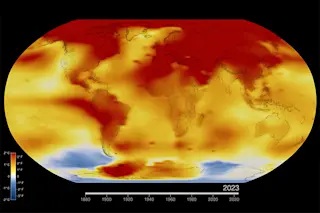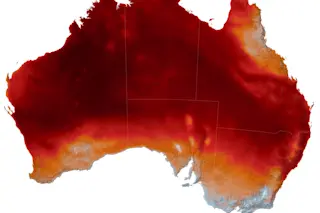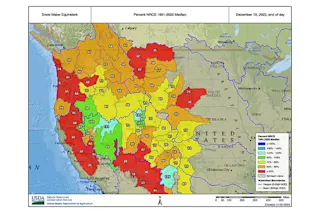https://twitter.com/eddiehosa/status/354395099372847104 The Tweet above is one of many featuring extraordinary images from the massive flooding that occurred in Toronto yesterday. It shows passengers on one of the city's Go Transit trains. The flooding, which paralyzed much of the city and contributed to power outages affecting 300,000 people, was the result of so-called "training thunderstorms" — a phenomenon that occurs when new thunderstorm cells form in the wake of previous ones that have moved on. Make sure to keep reading for a satellite image of thunderstorms blossoming just north of Toronto, as well as a summary of some of the recent research on links between extreme precipitation and climate change. But first, more information about the storm and resulting flooding. At Toronto's Pearson International Airport, the training thunderstorm phenomenon produced a torrent of 4.96 inches yesterday (July 8), breaking the record for rainest day ever recorded at that location, according to ...
Extreme Rain Swamps Toronto. What's the Climate Context?
Toronto flooding from training thunderstorms caused unprecedented damage and power outages, highlighting climate change impacts.
More on Discover
Stay Curious
SubscribeTo The Magazine
Save up to 40% off the cover price when you subscribe to Discover magazine.
Subscribe

